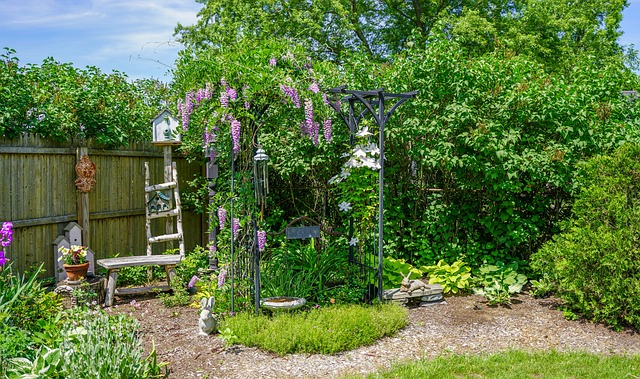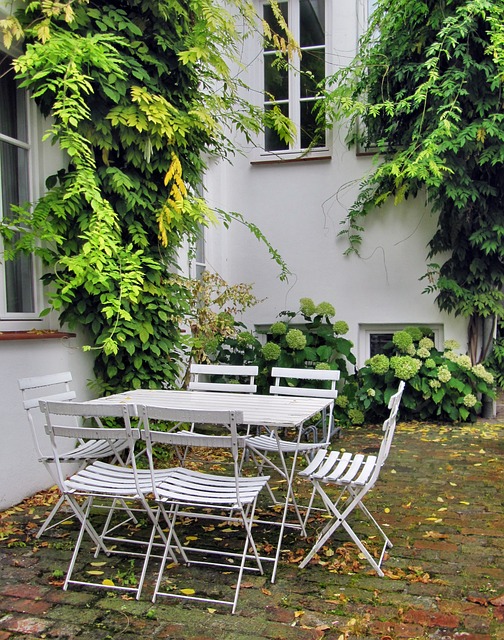Though trends in gardening are cyclical, since plants need time to mature, one landscaping technique that has been more popular recently is naturalistic garden design. A new generation of American garden designers has adopted the ecological, wildlife-friendly principles of renowned Dutch landscape designer Piet Oudolf to landscapes of all sizes. Discover how to incorporate important naturalistic garden design concepts, no matter how large or tiny, into your backyard.

- Give natives and perennials priority.
Plants that are indigenous to the area are used by naturalistic garden designers, as shown in this prairie-inspired Iowa front yard designed by garden designer and New Naturalism author Kelly Norris. Of course, such plants are often indigenous, having developed organically in the region, but they may also be perennials that have successfully adapted to the specific environment. This method has many advantages: it creates a unique feeling of place, it feeds the local fauna, and it’s more environmentally friendly since it uses little or no extra fertilizer and water.
- Emphasize Form and Shape of Plants
Plant structure and texture are sometimes given more weight in naturalistic gardens than color. This calls for a deliberate, well-balanced combination of more feathery and structural perennials that look wonderful all year round, as seen in garden designer Austin Eischeid’s Iowa property. Eischeid was greatly inspired by his time spent working with Piet Oudolf. Naturalistic gardens do not lack color; rather, the color scheme is often more restrained and muted.
- Use Natural Cues as Planting Guides
A backyard in the Midwest or a forest garden in the Northeast will not resemble a naturalistic environment seen in the Southwest. Take inspiration from the nature borders and gardens seen in your area.
- Make a well-organized plan
Naturalistic gardens are really extremely well planned, despite the impression of an uncontrolled setting. An organizing technique known as matrix planting, which entails building a framework of plants with the similar needs for light, water, and soil, produces a calming rhythm in the Massachusetts garden designed by landscape designer Adam Woodruff. This method creates a more effective, low-maintenance garden by mimicking how plants survive in the natural. - Dense Planting
In naturalistic gardens, plants are arranged tightly together and grouped in waves to create a genuine sea of textures, colors, and forms. Garden designer Jeff Epping created this scene at the Olbrich Botanical Garden in Madison, Wisconsin. An additional benefit of this strategy is that it helps push out weeds. - Insert Points of Stopping
Even while a great naturalistic garden has a lot of plants, it also has certain structural components and visual breaks. A seat, some container plants, or a water feature—like the one in Woodruff’s backyard—can bring about a peaceful moment as well as a feeling of civilization. - Let Go of the Lawn

Naturalistic garden plans may create a more attractive and environmentally friendly landscape in lieu of conventional sod, which has to be mowed often and doesn’t do much for wildlife. Terremoto planted a California meadow garden with plants that would add gentle color to the front yard and draw in plenty of butterflies, bees, and birds.
- Permit Self-Seeding
Forget about the neat, well-kept garden borders of the past: Designs with a naturalistic influence allow for flexibility as they develop. To lovely effect, white pom-poms of ‘Alba’ sea thrift are allowed to grow wherever they appear in this garden, even in the center of a sidewalk.
Five Essential Ideas for Creating a Natural Garden

- Omit the deadheading
Letting plants behave naturally is one of the main objectives of naturalistic garden design. For example, this entails keeping flower heads on long after they are gone so that birds may continue to consume their seeds.



